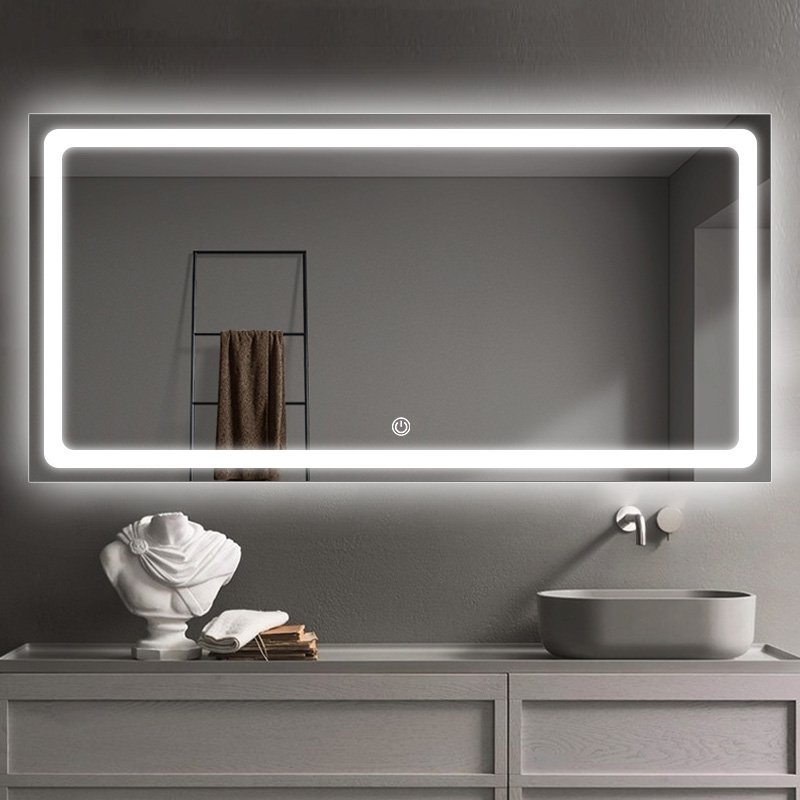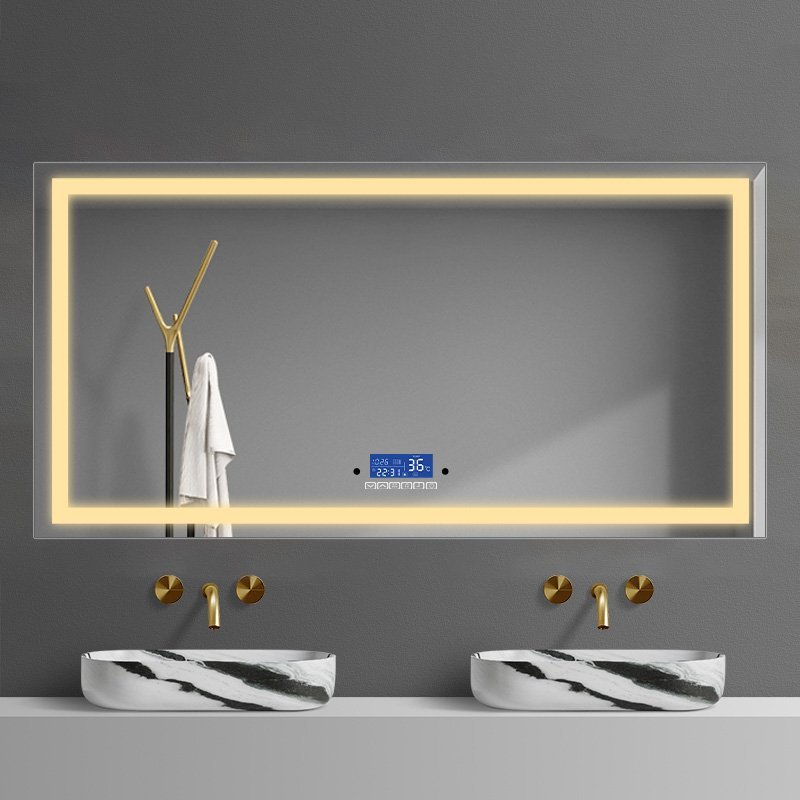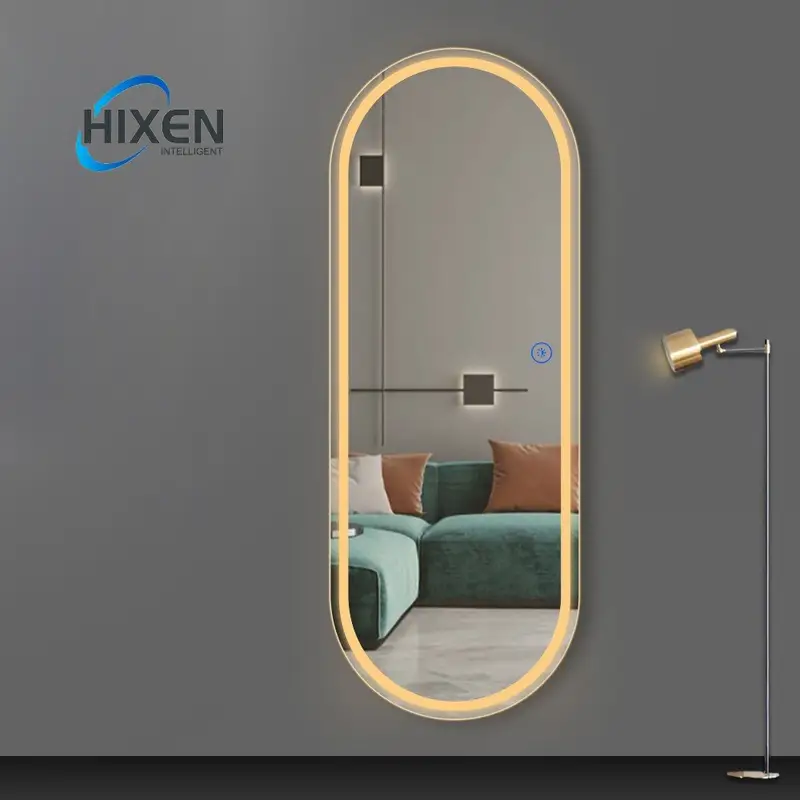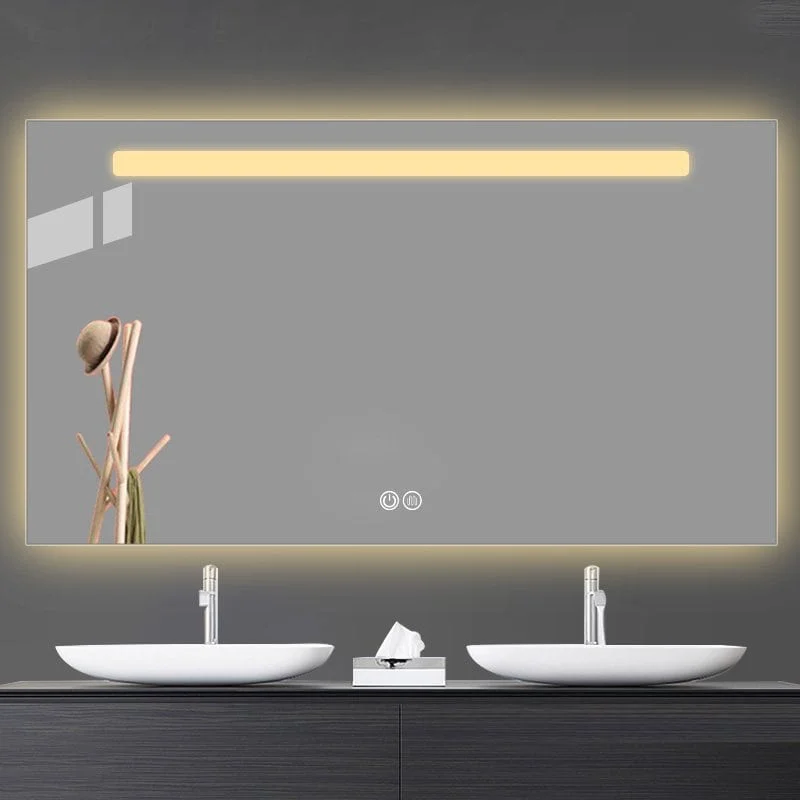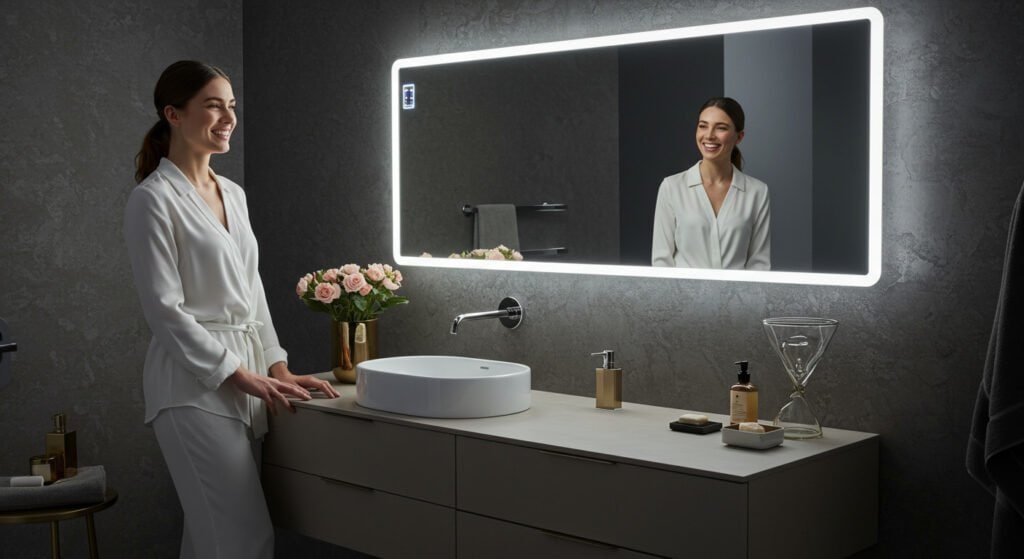|
Получение вашего Троицкий аудио Игрок готов ...
|
Thinking about different types of mirrors?Different kinds of mirrors make the whole space bring you more possibilities.
Mirrors are much more than simple reflective surfaces – they are technological innovations, and the shapes, размеры, and functions of different mirrors have the ability to change our perception of space, дизайн, and function. Mirrors can be categorized according to different criteria, here are some common ways to categorize them:
According to the material can be divided into acrylic mirrors, aluminum mirrors, silver mirrors, copper-free silver mirrors, и т. д.; according to the function and use can be divided into flat mirrors, convex mirrors, concave mirrors, make-up mirrors, bathroom mirrors, Зульные зеркала, decorative mirrors, advertising mirrors, auxiliary decorative mirrors, и т. д., we can can according to their own specific needs to choose the right type of mirror.
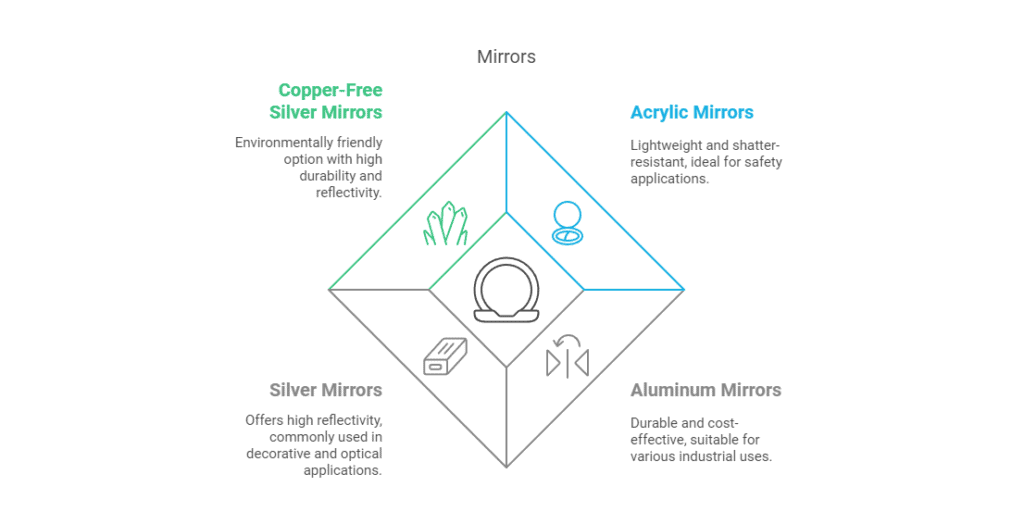
Mirror Market Snapshot
From the report, we can see that the global mirrors market size is estimated to be $3.75 billion by 2024, driven by the demand from various segments such as home décor, bathroom mirrors, automotive, and industrial use, as of December.
By 2032, тот mirror market is expected to reach $6.67 billion, representing a compound annual growth rate (CAGR) of 7.46%. This steady growth is fueled by continued demand for innovative and functional mirror designs, особенно в bathroom mirrors и умные зеркала.
| Statistic | Value |
| Global mirror market size (2024) | USD 3.75 billion |
| Expected market size (2032) | USD 6.67 billion |
| CAGR from 2024 к 2032 | 7.46% |
| U.S. LED bathroom mirror market (2024) | USD 250 million |
| Expected U.S. LED bathroom mirror market (2029) | USD 450 million |
| CAGR for U.S. светодиодные зеркала для ванной (2024-2029) | 10% |
What are the 3 types ofmirrors?
According to the reflection surface can be divided into: plane mirror, concave mirror, convex mirror. According to the use, it can be divided into: зеркало в ванной, desktop makeup mirror and full body mirror.
What Are the Primary Types of Mirrors?
1. Plane Mirrors: The Classic Reflection
Plane mirrors are the most common type, offering a flat surface that provides a true-to-life reflection without distortion. In our daily life, we can use it in the bathroom, living room and dressing area.
It is characterized by three features: a flat reflective surface; provides accurate, distortion-free images; and is easy to clean and maintain. Flat mirrors are one of the most common mirrors we see in our daily lives, and almost every mirror used in a home is a flat mirror. It can often be enhanced with minimalist or ornate frames to suit a variety of design preferences.
2. Convex Mirrors: Expanding Your Perspective
Concave mirrors have an inwardly curved surface that magnifies reflections, focusing light to a single point. It has two features: it provides a magnified image when viewed at close range; and it focuses light for precision tasks.
Their distinctive design makes them perfect for:
- Security and surveillance
- Parking lot safety
- Automotive side mirrors
- Retail display monitoring
3. Concave Mirrors: Magnification Magic
Convex mirrors have an outwardly curved surface that reflects light outward, offering a wide field of view. It has two features: it provides a smaller panoramic image; and it expands the angle of view. These specialized mirrors excel in:
- Makeup application
- Dental examinations
- Scientific instruments
- Telescopes and astronomical equipment

Mirror Types Based on Usage
1. Зеркала для ванной комнаты: Technology Meets Illumination
Bathroom mirrors are a must-have mirror in every one of our homes, hotels and other bathroom spaces. Bathroom mirrors are essential for daily grooming and should be durable enough to withstand high humidity levels. Here are some Popular Choices for you:
- Anti-fog mirrors to ensure clarity after showers.
- LED mirrors for enhanced lighting and energy efficiency.
- Smart mirrors with integrated displays for added convenience.
2. Makeup mirror:
Makeup mirror often featuring magnification and adjustable lighting. Portable and wall-mounted options are available to suit different needs. Generally the most common in our daily life is the desktop version of the makeup mirror, which is small and easy to use when we make up. There are two features we look for when purchasing: увеличение (e.g., 3х, 5х); and adjustable LED illumination to simulate natural light.
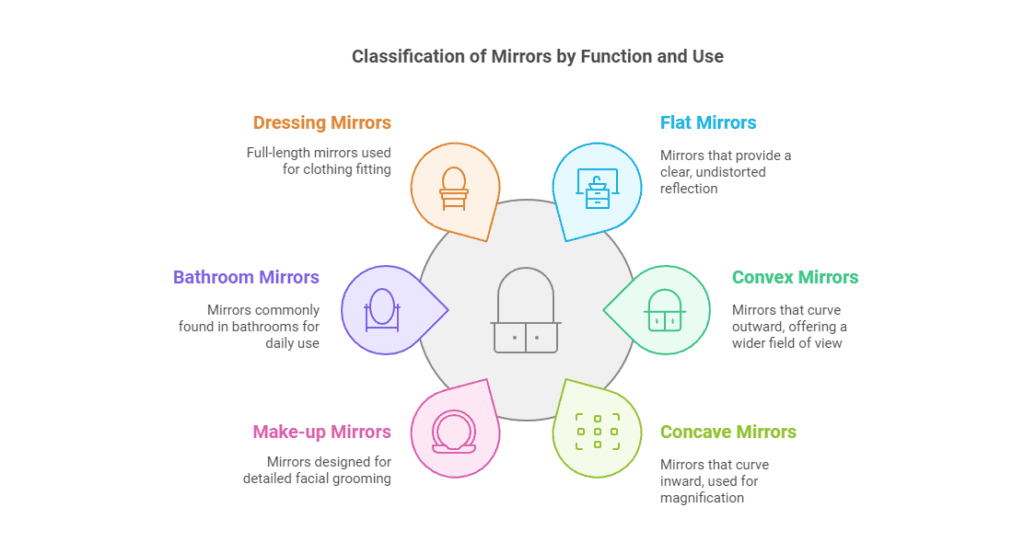
3.Dressing mirrors / Fulllength Mirror
We all need a piece of full body mirror to view our whole body before we go out, or when we put together an outfit. Full-body mirrors are perfect for dressing rooms, bedrooms, and retail spaces.
Styles to consider when we buy: to buy freestanding mirrors, which are highly flexible; you can choose full body mirrors that stand on the floor so that we can move the mirror at will to view our whole, if there is not enough space, then you can choose the wall-mounted type to save space; framed and unframed designs that can enhance the decoration of your whole space.
Full-length mirrors are not only powerful, but can also be used as a personalized piece to enhance your interior design.
Which Material Is Right for You?
The quality of a mirror depends significantly on the material used. Here are some common types of mirror glass:
1. Silver-Coated Glass
Silver-coated mirrors provide superior reflection and durability, making them ideal for high-traffic areas like bathrooms and dressing rooms.
2. Aluminum-Coated Glass
These are lightweight and cost-effective, suitable for less humid spaces such as bedrooms or hallways.
3. Acrylic and Polycarbonate Mirrors
Acrylic and polycarbonate mirrors are shatterproof and lightweight, making them safe for children’s rooms, outdoor use, or high-traffic areas.

Mirror Applications Across Industries
Mirrors are not confined to personal spaces—they play critical roles in various sectors:
Different Types Of Mirrors Residential Applications
- Bathroom design and functionality
- Bedroom and living room decor
- Space enhancement and lighting
Commercial and Specialized Applications
- Retail store design
- Security and surveillance
- Medical and scientific research
- Automotive safety systems
Market Trends and Growth Dynamics
The mirror market is experiencing unprecedented growth, driven by technological innovations and changing consumer preferences:
- U.S. LED bathroom mirror market projected to reach $450 million by 2029
- 10% Compound Annual Growth Rate for LED mirror technologies
- Increasing demand for energy-efficient and smart mirror solutions

Choosing the Perfect Mirror: Expert Tips
Ключевые соображения
- Space Dimensions: Measure your available wall space
- Functional Purpose: Identify specific mirror requirements
- Aesthetic Compatibility: Match mirror style with existing decor
- Technological Features: Consider additional functionalities
Technological Innovations in Mirror Design
The mirror industry continues to push technological boundaries:
- Touch-screen interfaces
- Voice-activated controls
- Integrated health monitoring
- Augmented reality features
Relevant Questions People Also Ask
- What are the different types of glass mirrors available?
- Glass mirrors come in various forms, including decorative mirrors, bathroom mirrors, full-length mirrors, светодиодные зеркала, and smart mirrors.
- How do convex mirrors differ in function and design?
- Convex mirrors bulge outward, providing a wider field of view and producing virtual images that are smaller than the actual object, making them ideal for security applications.
- What are the specific uses for mirrors in a household?
- Household mirrors serve various purposes such as vanity mirrors for grooming, full-length mirrors for outfit checks, decorative mirrors to enhance room aesthetics, and LED mirrors for improved lighting during personal care routines.
- What is the difference between concave and convex mirrors?
- Concave mirrors curve inward and can focus light to a point, creating magnified images; they are often used in makeup applications and telescopes. Convex mirrors curve outward and provide a wider field of view but produce smaller images; they are commonly used in vehicle side mirrors.
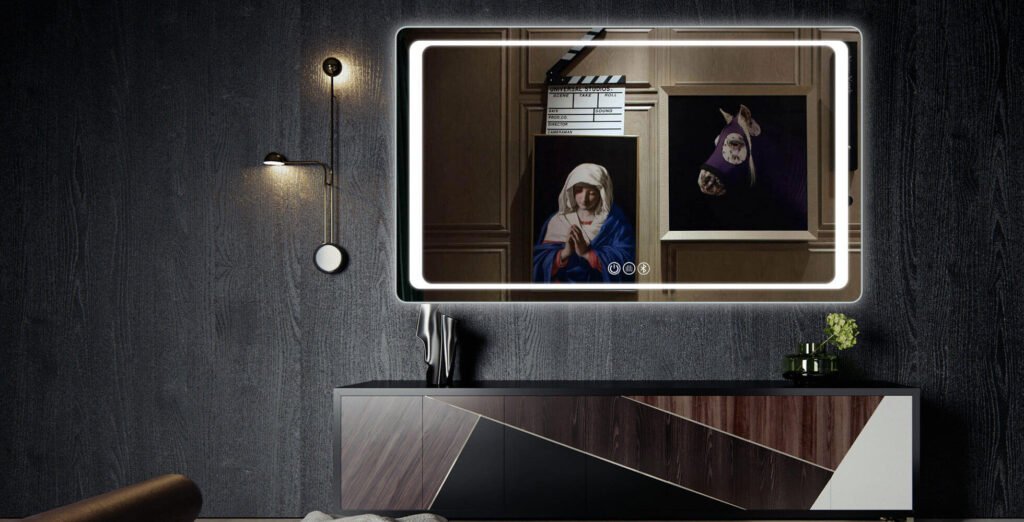
External Resources for Further Learning
Заключение: Reflecting Your Style and Functionality
Mirrors are more than mere reflective surfaces—they are sophisticated tools that enhance our living spaces, provide critical functionality, and showcase technological innovation. Whether you’re seeking a simple bathroom mirror or a cutting-edge smart mirror, understanding the nuanced world of mirror types empowers you to make informed decisions.
Ready to Transform Your Space?
Explore our extensive mirror collection and find the perfect reflection of your style and needs!Connect with Our Experts Browse Mirror Collection
Note: Market statistics and technological insights are based on comprehensive research from 2024 industry reports.





